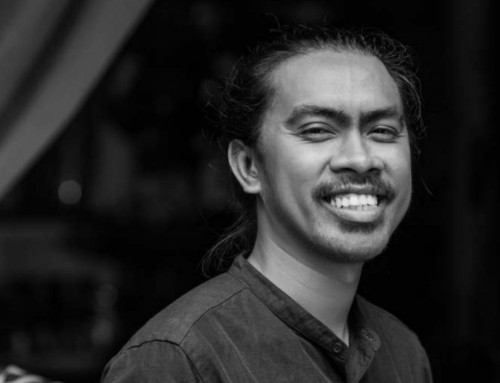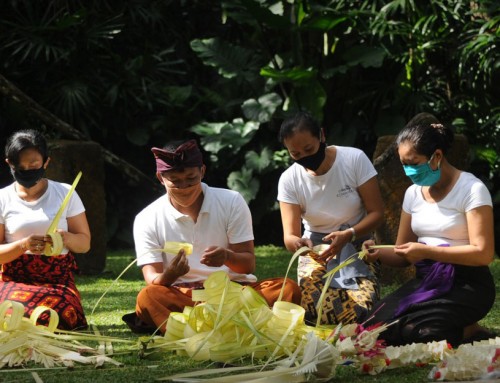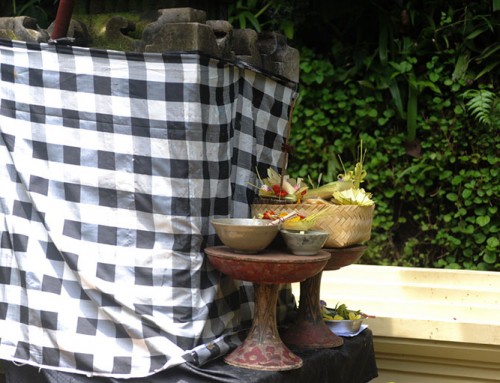What you wear tells who you are. Bali, Men and Style — the words lead us directly to the subject of Balinese attire for men. As belief and culture play an essential role in determining traditional Balinese dress, every item of traditional Balinese clothing has meaning. Male and female dress calls for a kamen (a rectangular cloth covering the hips and legs) and a waist sash, signifying the separation of one’s lower nature from that of the mind, which occupies the upper body. Balinese men wear a secondary hip cloth called saput, as well as a jacket or shirt and often a kris dagger. But a man is never fully dressed without an udeng, or headcloth.
The udeng — a square of cloth folded and tied around the head — has always been an iconic feature for men in Bali. It signifies that a man is taking part in a religious ceremony, whether in a temple, at the graveyard, or in a life-rites ceremony in the home. Formal traditional attire (pakaian adat) is obligatory.
The udeng is an expression of ngiket manah, meaning control of the mind. The human mind is expected to control the senses. All things result from thinking. Thus, controlling the mind is essential when going to a holy place.
The tied form of the udeng is as meaningful as its whole. The right fold is higher than the left, symbolizing the supremacy of good behavior (dharma) over bad (adharma). The knot must be in the middle of the forehead, because it is believed that mind-focus comes from there. The straight upward edge symbolizes a focus to worship.
The etiquette for women is to tie their hair firmly to be sure that no loose hair falls on holy ground. Women adorn their heads with flowers, fresh or of hammered gold.
Anyone who enters a temple should be in a state of serenity and purity. Putting on an udeng, for men, or tying up the hair up, for women, is a reminder to be aware of one’s spiritual state and to control one’s thoughts, words, and deeds.













Leave A Comment